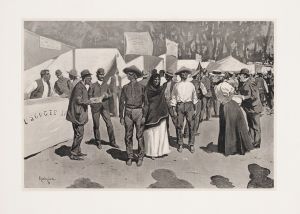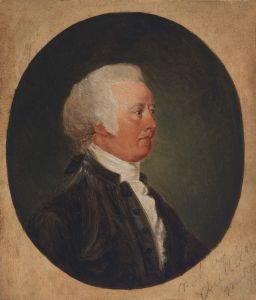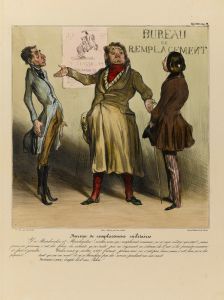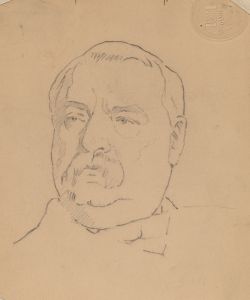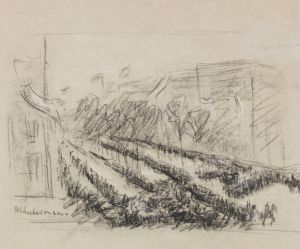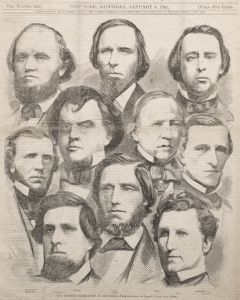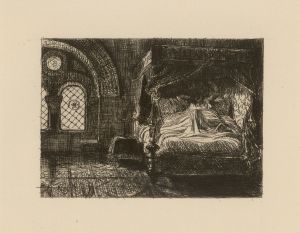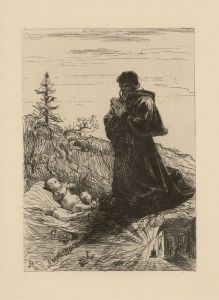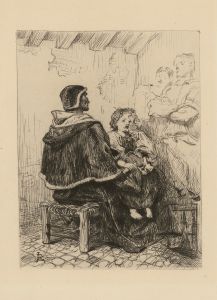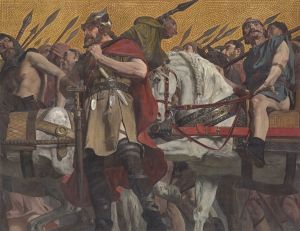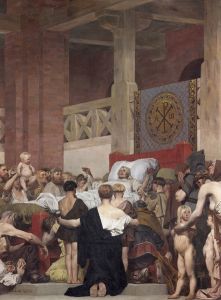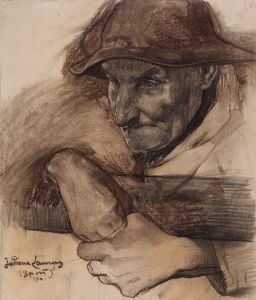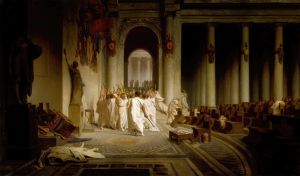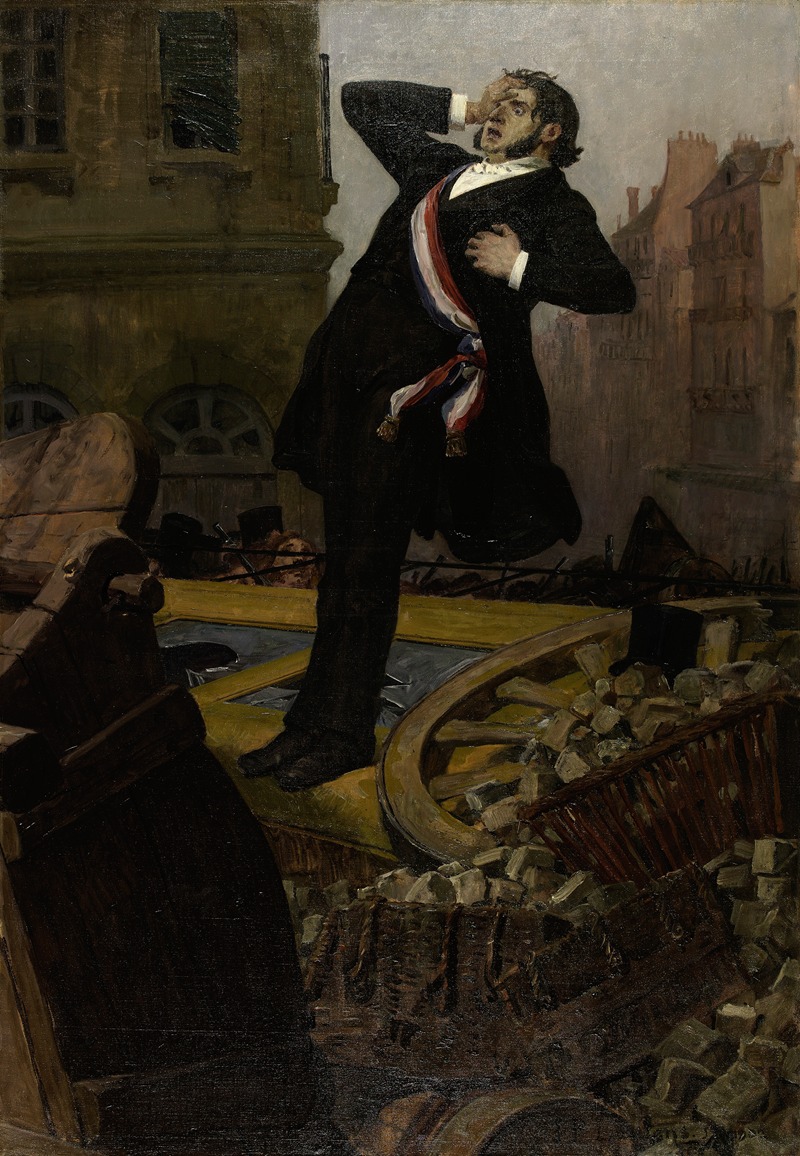
Mort du député Alphonse Baudin le 3 décembre 1851
A hand-painted replica of Jean-Paul Laurens’s masterpiece Mort du député Alphonse Baudin le 3 décembre 1851, meticulously crafted by professional artists to capture the true essence of the original. Each piece is created with museum-quality canvas and rare mineral pigments, carefully painted by experienced artists with delicate brushstrokes and rich, layered colors to perfectly recreate the texture of the original artwork. Unlike machine-printed reproductions, this hand-painted version brings the painting to life, infused with the artist’s emotions and skill in every stroke. Whether for personal collection or home decoration, it instantly elevates the artistic atmosphere of any space.
"Mort du député Alphonse Baudin le 3 décembre 1851" is a painting by the French artist Jean-Paul Laurens. The work depicts the death of Alphonse Baudin, a French deputy and physician, during the events of December 3, 1851, in Paris. Baudin was killed while participating in protests against the coup d'état led by Louis-Napoléon Bonaparte, who later became Emperor Napoleon III.
The painting portrays a pivotal moment in French history, as Baudin's death became a symbol of resistance to authoritarianism. On December 2, 1851, Louis-Napoléon Bonaparte dissolved the French National Assembly and seized power, effectively ending the Second Republic. This action sparked widespread protests and uprisings across France. Baudin, a member of the Legislative Assembly and an opponent of the coup, joined demonstrators on the barricades in Paris. According to historical accounts, he was shot and killed while standing with the protesters.
Jean-Paul Laurens, known for his historical and political paintings, created this work to commemorate Baudin's sacrifice and to highlight the struggle for democracy and republican values in 19th-century France. Laurens was a prominent artist of the Third Republic and often used his art to critique authoritarianism and celebrate republican ideals. The painting reflects his commitment to depicting historical events with dramatic intensity and emotional resonance.
The composition of the painting emphasizes the chaos and violence of the moment. Baudin is shown lifeless, surrounded by fellow protesters and the debris of the barricade. The somber tones and dramatic lighting draw attention to the gravity of the scene, underscoring the cost of political resistance.
Baudin's death was later immortalized in French political discourse, and he became a martyr for the republican cause. His sacrifice was frequently invoked by opponents of the Second Empire and by supporters of the Third Republic, which was established after the fall of Napoleon III in 1870.
The painting is an example of Laurens' ability to merge art and history, creating works that resonate with both political and emotional significance. It serves as a reminder of the turbulent period in French history and the enduring struggle for democratic principles.





